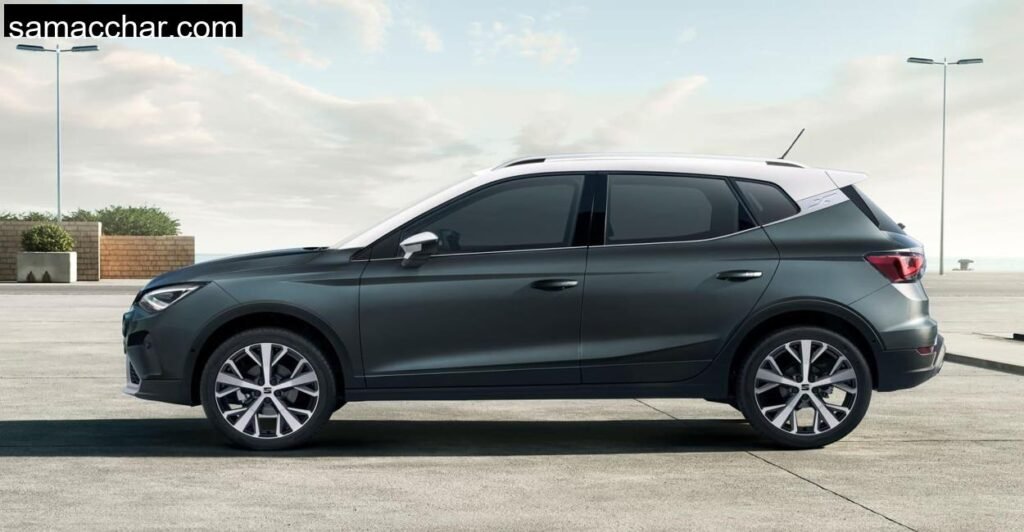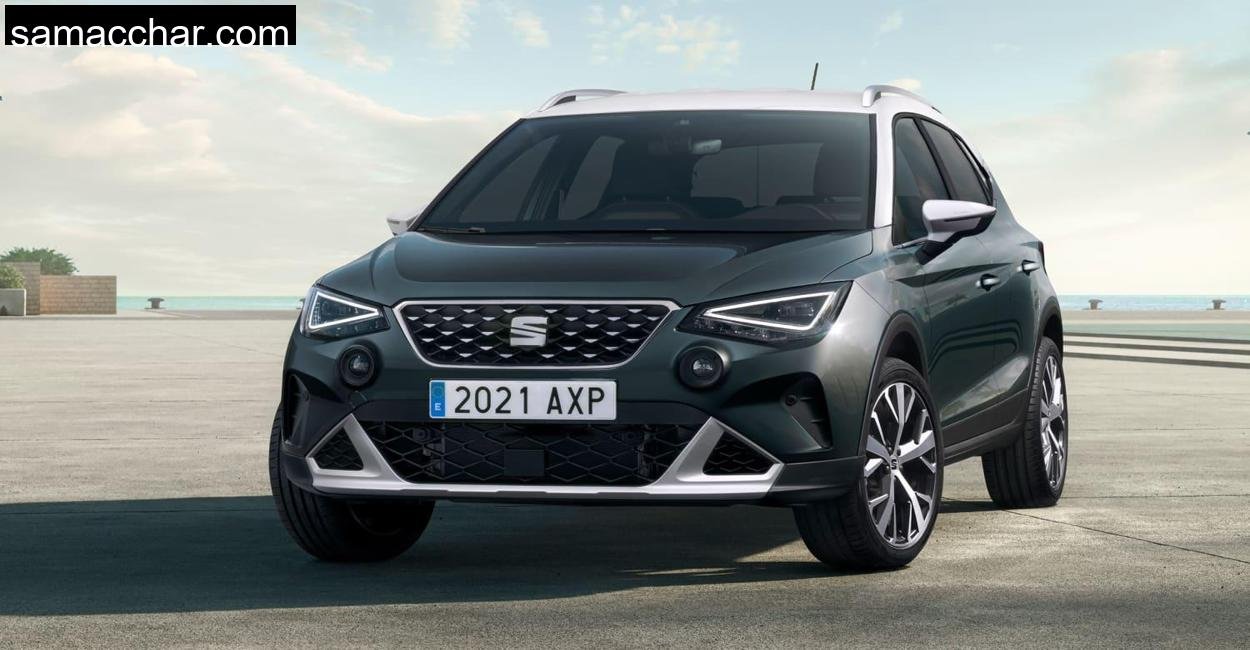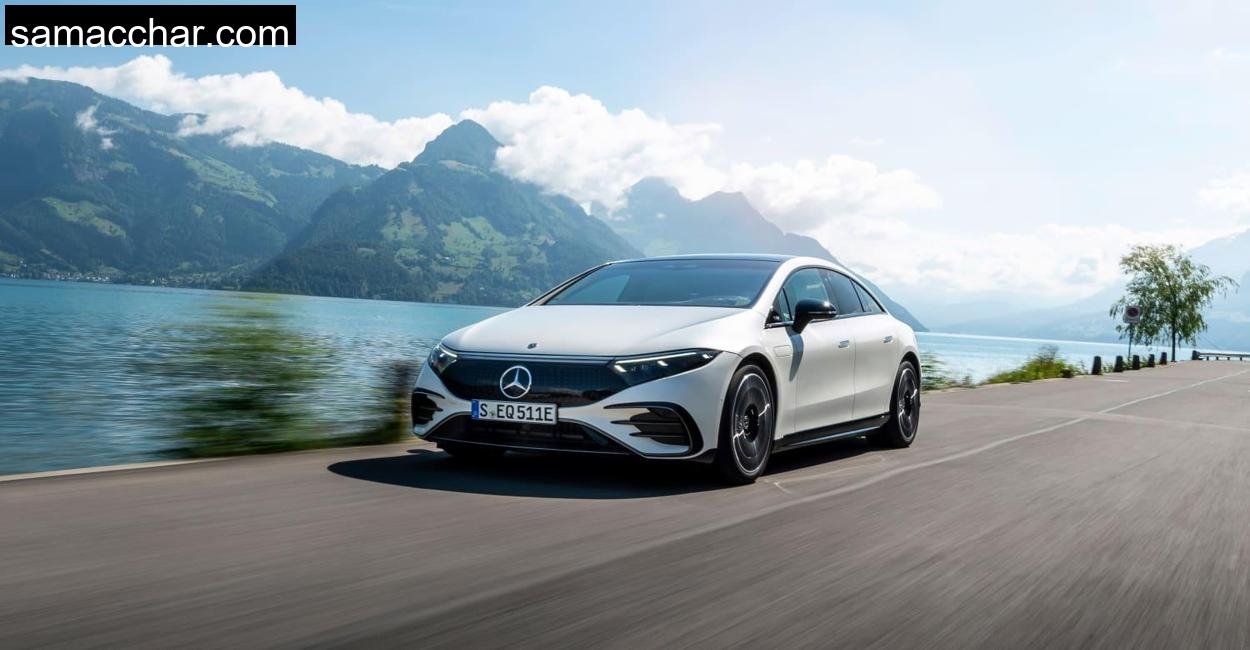Plenty of space for a small SUV
It’s easy to dismiss small SUVs as tall hatchbacks with delusions of grandeur, but the Seat Arona doesn’t fall into that trap. It uses its dimensions cleverly. Sitting behind the wheel, I had that raised SUV-like view of the road, something you don’t realize you’ve missed until you have it again. Despite being based on the Ibiza, the Arona feels like a size up from inside.
With my seat pushed back, I still had knee room and headroom to spare, and I’m just under 1.90 meters tall. I deliberately invited a taller friend to sit behind me to test the rear space, he fit without complaint. For something this short, that’s impressive. The cabin’s squareness also adds to the feeling of openness.
As for the trunk, Seat claims around 400 liters, but the test measured a usable 310 liters. I found that it swallowed two weekend bags and a folding drone setup without complaint. The only nuisance is the 70 cm loading lip, a little on the high side, but once the bags were in, they stayed put even on spirited drives.
Fewer color combinations possible
Seat initially pushed the Arona’s design as youthful and expressive, bold colors, contrasting roofs, and vibrant accents. But by 2024, they’ve trimmed the options. The orange roof, once the standout, is gone. Now you can choose from white, black, grey, or body-colored roofs.
My test car was in FR trim, with a black roof and deep blue bodywork, sleek but not too flashy. Inside, the sportier FR design shone through: red stitching, metallic pedals, and those signature air vents that you can still color-code to your liking. It’s a cool touch, though the material choices remain spartan. Hard plastics dominate, with soft-touch material only on the dashboard top. The fit is excellent,no rattles or flexing,but the lack of upscale textures is noticeable.
At night, two-tone ambient lighting in the FR trim gives the cabin a lively atmosphere, while the instruments, upgraded to the full digital display, deliver modern flair and customization. You can view your speedometer, navigation, or media in full screen. The central touchscreen, now 9.2 inches, sits high enough to glance at without losing focus. But a physical volume knob? Not here. And yes, I missed it every time I needed to adjust the music mid-corner on the Wingst.
Seat Arona: Demanding when evading

The Wingst ridge is narrow in places, with the occasional tractor or cyclist appearing mid-turn. That’s where the Arona showed its other side. Its steering is direct and nicely weighted, no artificial lightness, and the chassis stays composed even when pushed hard.
During one sharp swerve around a fallen branch, the Arona held its line confidently. Yes, the body leans a bit,it’s still an SUV, after all, but the ESP intervenes gently and predictably. Load changes mid-corner revealed a lively rear end, but never an unruly one. It’s a mini SUV that feels alive, but not overwhelming.
Braking is firm and predictable, and even after repeated downhill squeezes through the Wingst’s forested descents, fade wasn’t a concern. That matters, especially when the car feels like it wants to be driven hard.
Engines: Three petrol engines, no more gas
Let’s talk motivation. The engine lineup is simple: three petrol options, no diesel, and sadly, no natural gas variant anymore. My test car packed the mid-range 1.0 TSI three-cylinder, now updated to 115 hp. With a six-speed manual gearbox, it feels eager and light. From 0 to 100 km/h in 10 seconds isn’t fast on paper, but the torque delivery from mid-range upwards makes it feel punchier than that.
Below 1500 rpm, though, you’ll encounter turbo lag. In sixth gear, overtaking from 60 to 100 km/h takes almost 17 seconds. You need to downshift to get the most out of it. But once in the right rev band, the engine is smooth and almost playful. Sound insulation is good, there’s a gentle thrum under load, but it’s never coarse.
Fuel economy was solid. Reports 5.7 liters per 100 km, and on my 160 km Wingst loop (a mix of uphill twisties and flat stretches), I averaged 6.1 liters. That’s fair, especially considering I wasn’t driving gently.
For more performance, there’s the 1.5 TSI with 150 hp and DSG only. It cuts the 0–100 time to 8.4 seconds and adds cylinder deactivation for economy. I didn’t get to try that one, but based on my experience with the 1.0 TSI, it would likely transform the Arona from warm to genuinely fast.
Good connectivity for your smartphone
The Arona doesn’t shy away from tech. Wireless Android Auto and Apple CarPlay are available, and they worked smoothly with my Pixel 7. There’s also inductive charging (though the placement is a bit tight for larger phones), and the infotainment menu is clear, if occasionally sluggish.
Driver assistance systems are solid: adaptive cruise control (up to 210 km/h), lane keeping assist, automatic emergency braking, and a post-collision braking system. Most of this tech comes standard or as packages depending on the trim. My FR model had nearly everything ticked, and the safety net added confidence, especially on tight country roads with variable visibility.
Conclusion
The Seat Arona doesn’t pretend to be something it’s not. It’s compact, light, and agile, with enough tech and comfort to satisfy everyday needs. But what really stood out during my time on the Wingst was how composed and engaging it felt for something this size. It doesn’t deliver hot hatch thrills, but it gives you confidence, space, and spirit in a surprisingly well-balanced package.
There are compromises, fewer color choices, lots of hard plastics, no volume knob, but none of them ruin the experience. It’s the kind of SUV that you can buy with your head and drive with a little bit of heart.










